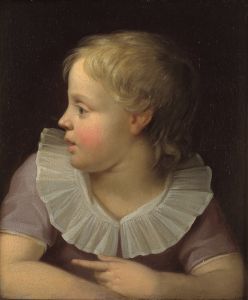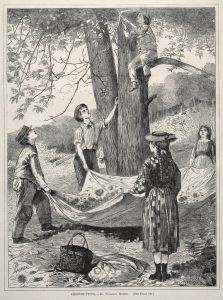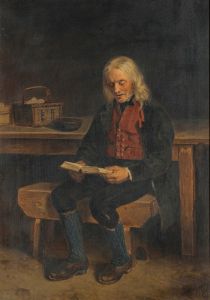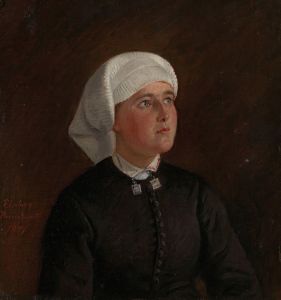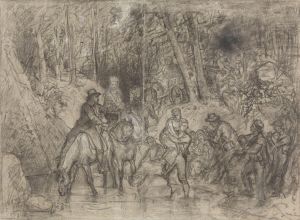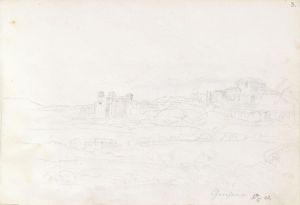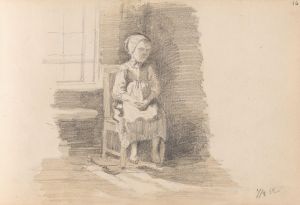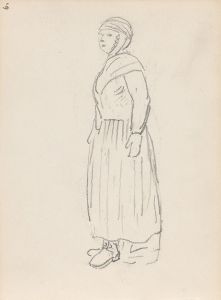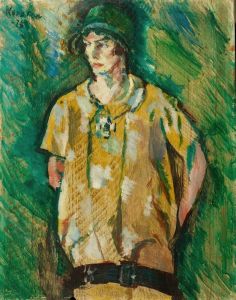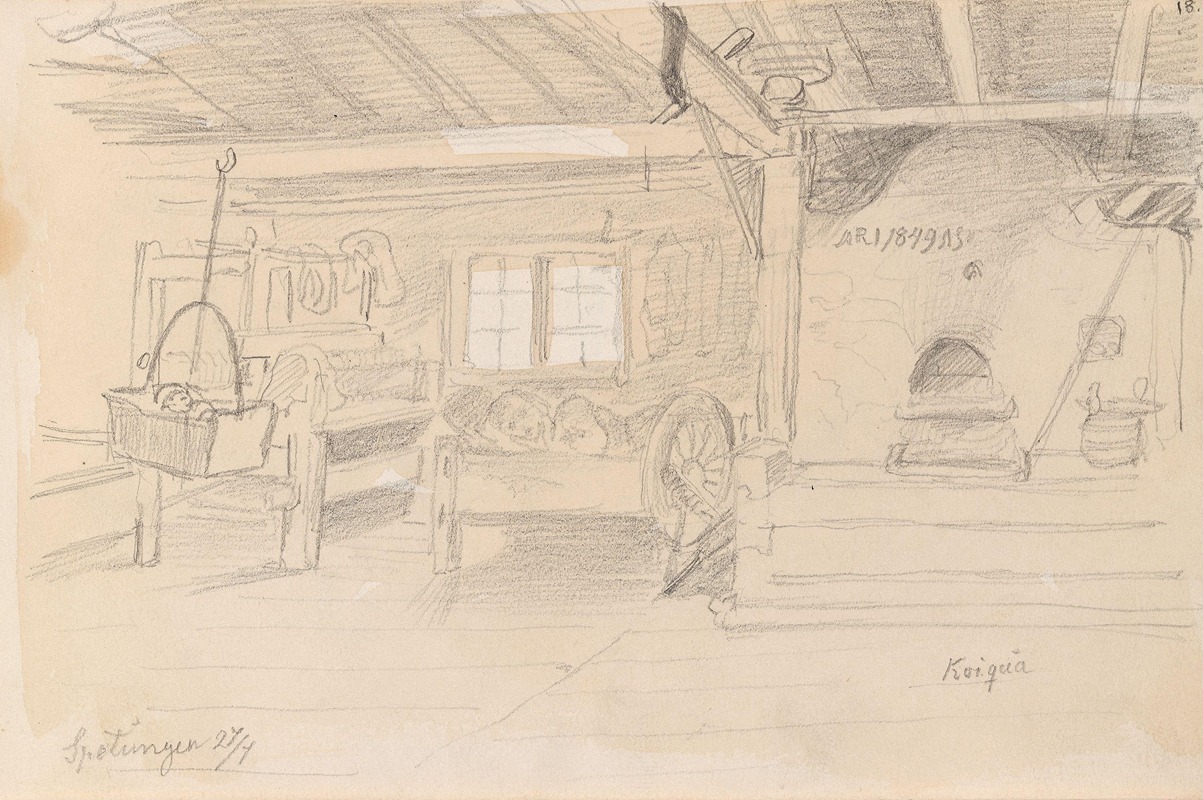
Stueinteriør, Spättungen
A hand-painted replica of Adolph Tidemand’s masterpiece Stueinteriør, Spättungen, meticulously crafted by professional artists to capture the true essence of the original. Each piece is created with museum-quality canvas and rare mineral pigments, carefully painted by experienced artists with delicate brushstrokes and rich, layered colors to perfectly recreate the texture of the original artwork. Unlike machine-printed reproductions, this hand-painted version brings the painting to life, infused with the artist’s emotions and skill in every stroke. Whether for personal collection or home decoration, it instantly elevates the artistic atmosphere of any space.
Adolph Tidemand was a renowned Norwegian painter, best known for his detailed and evocative depictions of Norwegian rural life and folk traditions. One of his notable works is "Stueinteriør, Spättungen," which translates to "Interior of a Living Room, Spättungen." This painting is an excellent example of Tidemand's ability to capture the essence of Norwegian culture and the everyday lives of its people during the 19th century.
"Stueinteriør, Spättungen" was created in 1854, a period when Tidemand was deeply invested in portraying the customs and environments of rural Norway. The painting depicts the interior of a traditional Norwegian living room, providing a glimpse into the domestic life of the time. The scene is set in a modest, yet cozy room, characterized by wooden furniture and simple decor, which were typical of Norwegian homes in the mid-19th century.
The composition of the painting is carefully arranged to draw the viewer's attention to the central figures and their activities. In the foreground, a woman is seen engaged in a domestic task, possibly sewing or knitting, which reflects the everyday responsibilities and skills of women in rural Norwegian households. The attention to detail in her clothing and the objects around her highlights Tidemand's dedication to authenticity and his respect for the cultural heritage he was documenting.
In the background, other family members are engaged in various activities, contributing to the sense of a lived-in, bustling home. The inclusion of children and elderly family members in the scene emphasizes the importance of family and community in Norwegian rural life. The warm, muted color palette used by Tidemand enhances the intimate and homely atmosphere of the painting, inviting viewers to step into this serene and harmonious domestic setting.
Adolph Tidemand's work, including "Stueinteriør, Spättungen," played a significant role in the national romantic movement in Norway. His paintings not only documented the everyday lives of Norwegian people but also helped to foster a sense of national identity and pride. By focusing on the traditions and environments of rural Norway, Tidemand's art contributed to the preservation and appreciation of Norwegian cultural heritage.
"Stueinteriør, Spättungen" is housed in the National Gallery in Oslo, where it continues to be appreciated by art enthusiasts and historians alike. The painting remains an important piece of Norway's artistic legacy, offering valuable insights into the country's social history and the lives of its people during the 19th century. Through his meticulous and heartfelt portrayals, Adolph Tidemand has left an indelible mark on the world of art, ensuring that the stories and traditions of rural Norway are remembered and celebrated.






